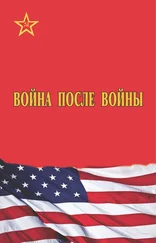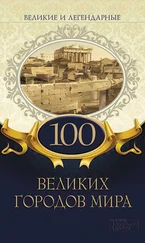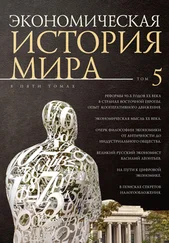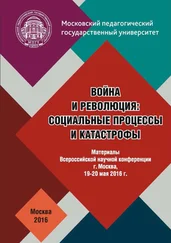Varandian М. Murad of Sepastia. Arlington (Mass.), 2006.
Esmerian M. Aksori ew baderazmi gragnerun mechen. Boston, 1952.
Teghtsoonian O. From Van to Toronto: A Life in Two Worlds. N.Y., 2003. P. 92.
Телеграмма С. Шаумяна В. Ленину, 17 августа 1918 года (Документы внешней политики СССР. М., 1957. T. 1. С. 411–412).
Kazemzadeh Е The Struggle for Transcaucasia (1917–1921). N.Y., 1951. P. 75.
Smith M. Anatomy of Rumor: Murder Scandal, the Musavat Party and Narrative of the Russian Revolution in Baku, 1917–1920 // Journal of Contemporary History. 2001. Vol. 36. P. 211–240.
Allen W.E.D., Muratov P.P. Caucasian Battlefields: A History of the Wars on the Turco-Caucasian Border, 1828–1921. Cambridge, 1953. P. 421–429.
Текст декларации см.: Документы и материалы по внешней политике Закавказья и Грузии. Тбилиси, 1919. С. 27–28.
Reynolds М. The Ottoman-Russian Struggle for Eastern Anatolia and the Caucasus, 1908–1918: Identity, Ideology and the Geopolitics of World Order: PhD thesis / Princeton Univ., 2003. P 436–513.
Chalabian A. General Andranik and the Armenian Revolutionary Movement. Southfield (Mi.), 1988.
Hovannisian R.G. The Republic of Armenia: The First Year, 1918–1919. Berkeley (Cal.), 1971. P. 86–87.
Hovannisian R.G. Armenia on the Road to Independence. Berkeley (Cal.), 1969. P. 194–195, 214.
Hovannisian R.G. The Republic of Armenia. Berkeley (Cal.), 1996. Vol. 3: From London to Sèvres, February — August 1920. P. 152.
Chalabian A. Dro (Drastamat Kanayan): Armenia’s First Defense Minister of the Modern Era. Los Angeles (Cal.), 2009. P. 152–156.
Derogy J. Resistance and Revenge: the Armenian Assassination of the Turkish Leaders Responsible for the 1915 Massacres and Deportations. New Brunswick (N.J.), 1990; Alexander E. A Crime of Vengeance: An Armenian Struggle for Justice. N.Y., 1991; Hosfeld R. Operation Nemesis: Die Türkei, Deutschland und der Völkermord an den Armeniern. Köln, 2005.
Dadrian V.N. The History of the Armenian Genocide: Ethnic Conflict from the Balkans to Anatolia into the Caucasus. Providence (R.I.), 1995. P. 121, 157.
Морализаторский подход к этому процессу с точки зрения современного турецкого национализма см.: Sonyei S.R. Minorities and the Destruction of the Ottoman Empire. Ankara, 1993.
Alvarez A. Militias and Genocide // War Crimes, Genocide, & Crimes against Humanity. 2006. Vol. 2. P. 1–33.
Sencer Е. Virtuous Praetorians: Military Culture and the Defense Press in Germany and Turkey, 1929–1939: PhD diss. / Ohio State Univ., 2008.
Özcan A.K. Turkeys Kurds: a theoretical analysis of the PKK and Abdullah Öcalan. London, 2006.
Ş elik S. Verbrecher Staat: der «Susurluk-Zwischenfall» und die Verflechtung von Staat, Unterwelt und Konterguerilla in der Türkei. Frankfurt a.M., 1998; Idem. Die Todesmaschinerie: türkische Konterguerilla. Köln, 1999.
Manela Е. The Wilsonian Moment: Self-Determination and the International Origins of Anticolonial Nationalism. N.Y., 2007.
Gatrell R War after the War: Conflicts 1919–1923 // Horne J. (Ed.). A Companion to World War I. Oxford, 2010. P. 558–575.
Hopkinson М. The Irish War of Independence. Dublin, 2004. Сходство между событиями в Ирландии и Польше после окончания Первой мировой войны обсуждалось в недавней работе: Wilson Т. Frontiers of Violence: Conflict and Identity in Ulster and Upper Silesia, 1918–1922. Oxford, 2010.
Концепция брутализации обсуждается в: Mosse G. Fallen Soldiers. Reshaping the Memory of the World Wars. Oxford; N.Y., 1994 (обращаю внимание читателей на название французского перевода: De la Grande Guerre au totalitarisme. La brutalisation des sociétés européennes). О месте представлений Мосса в историографии см.: Purseigle Р. A Very French Debate: The 1914–1918 War Culture // Journal of War and Culture Studies. 2008. Vol. 1. R 9–14. Концепция ультрамаскулинности обсуждается в: Gerwarth R. The Central European Counterrevolution: Paramilitary Violence in Germany, Austria and Hungary after the Great War // Past and Present. 2008. Vol. 200. P. 223–257; Theweleit K. Male Fantasies. 2 vols. Minneapolis, 1985.
Ryan L «In the Line of Fire»: Representations of Women and War (1919–1923) through the Writings of Republican Men // Ryan L., Ward M. (Ed.). Irish Women and Nationalism. Soldiers, New Women and Wicked Hags. Dublin, 2004. P. 45–61, здесь p. 60.
См. Aftershocks , специальный номер Contemporary European History (Vol. 19. 2010) под редакцией Джулии Эйченберг и Джона Пола Ньюмена.
Ossolineum (Wrocław). 12925/III 1885–1939: Baczyński, Pamiętniki. S. 159 (17 октября 1918 г.).
BN. Rps BN akc 10312: Andrzej Brochocki, Wspomnienia wojenne z 13-go pułku ułanow Wileńskich. Okres walk od Samoobrony Wileńskiej w 1918 r. do zawarcia rozejmu z Litwinami w 1920 roku, 4B. См. также: Moś W.B. Wojsko Polskie i Organizacje paramilitarne. Katowice, 1997. S. 20–26.
Проект Borderlands: Ethnicity, Identity, and Violence in the Shatter-Zone of Empires since 1848 (2003–2007) в Watson Institute for International Studies at Brown University, под руководством Омера Бартова; Bloxham D. The Final Solution: A Genocide. Oxford, 2009. P. 81 ff.
К вопросу о том, насколько сильно опыт, приобретенный британскими солдатами на Первой мировой войне, отразился на их поведении в Ирландии, см.: Gregory A. Peculiarities of the English? War, Violence and Politics 1900–1939 11 Journal of Modern European History. 2003. Vol. 1. P. 44–59.
См. исследование о социальных корнях бойцов ИРА: Morrison Е. Identity, Allegiance, War and Remembrance: The Bureau of Military History and the Irish Revolution, 1913–1923: PhD diss. / Trinity College. Dublin, 2011.
Читать дальше
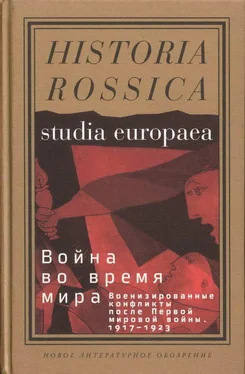
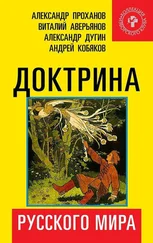
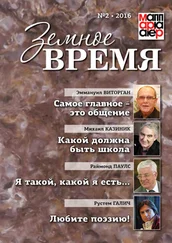
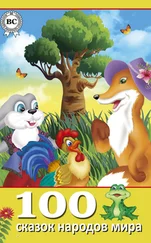
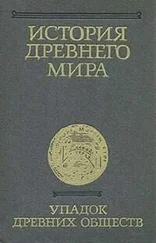



![Коллектив авторов - Закат империи США - Кризисы и конфликты [Сборник]](/books/405725/kollektiv-avtorov-zakat-imperii-ssha-krizisy-i-kon-thumb.webp)
